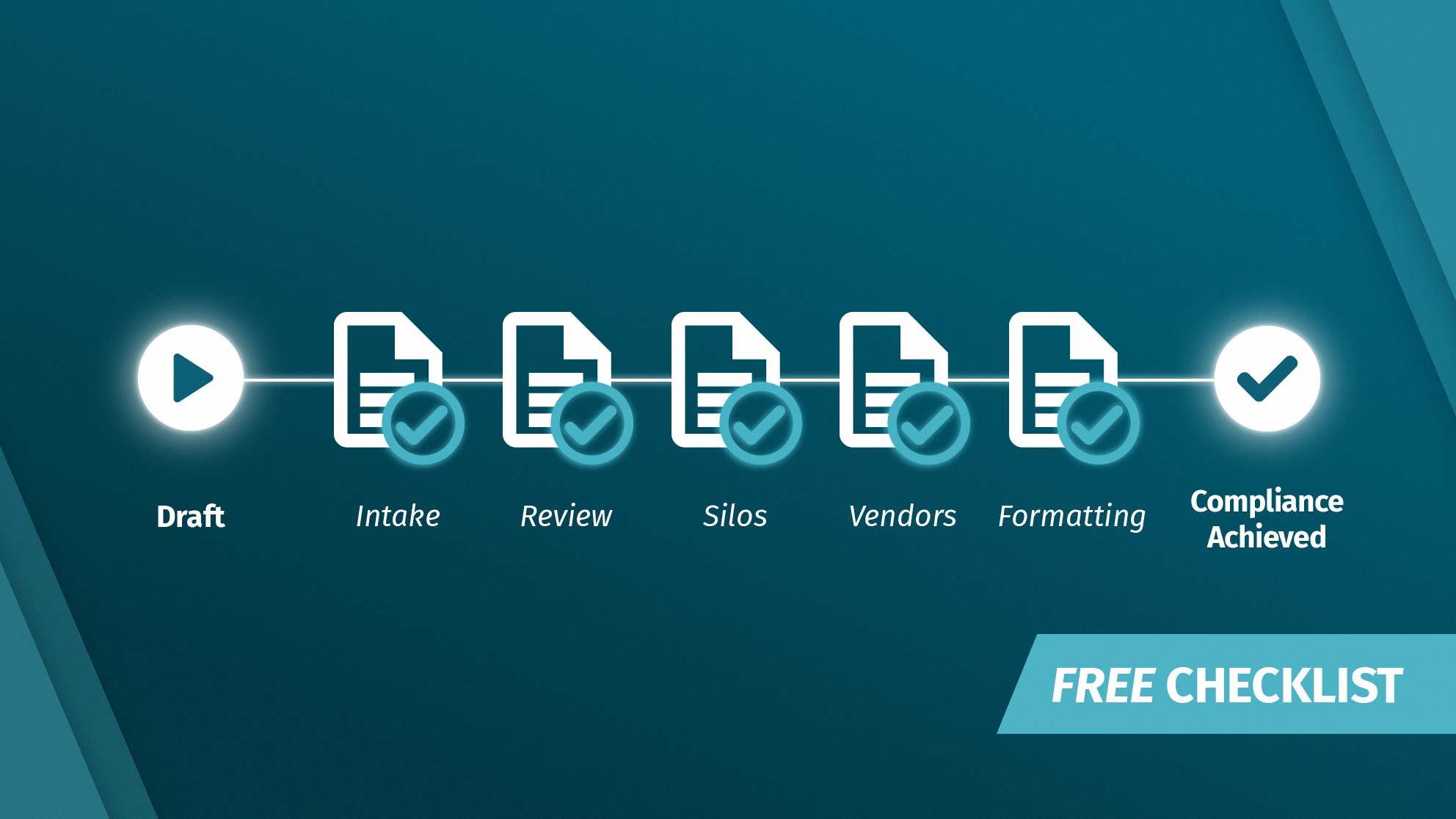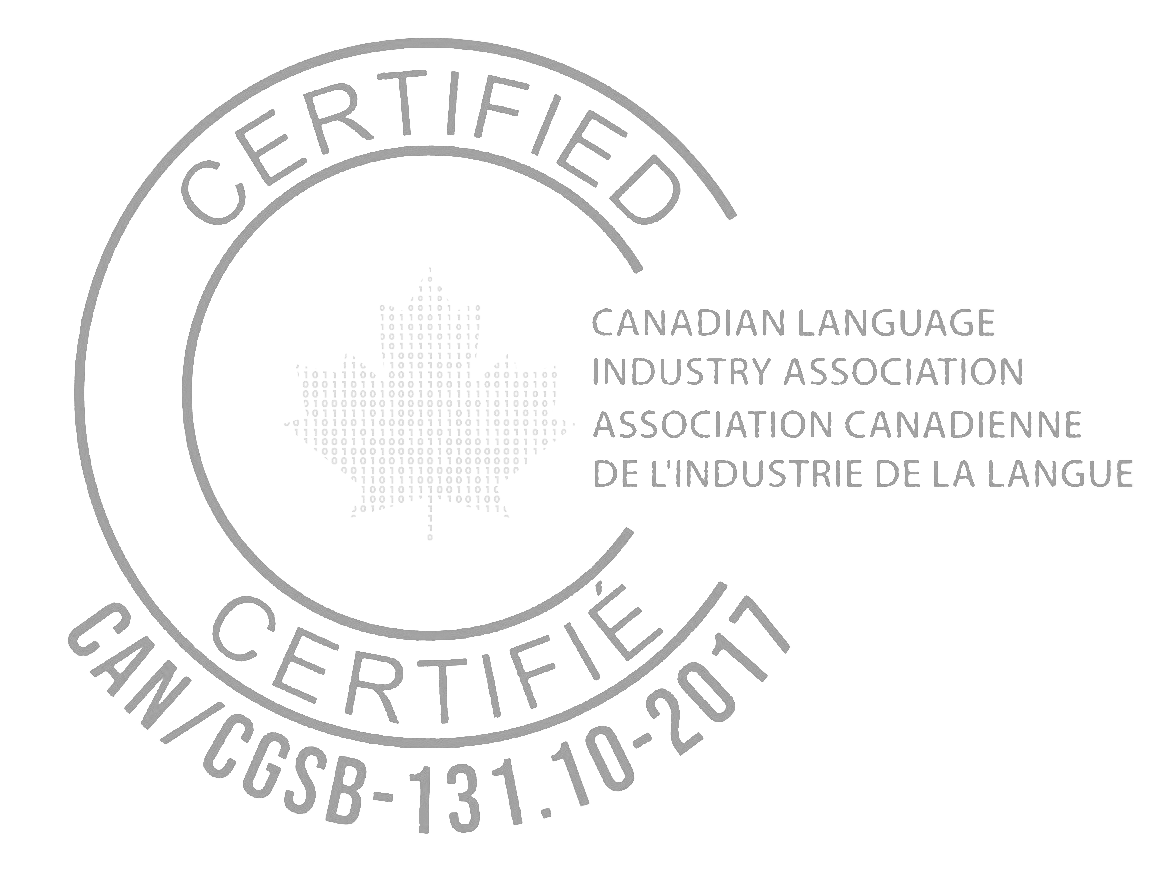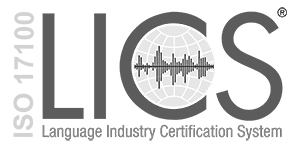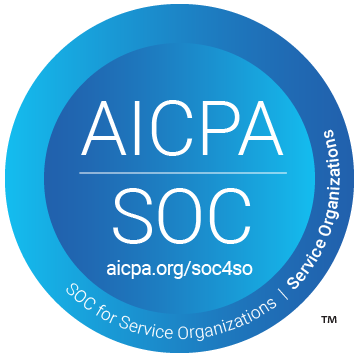Simplify your multilingual reporting process and prevent delays
Financial institutions are under growing pressure to deliver accurate, timely, and bilingual regulatory disclosures. Increased regulatory complexity means 2025’s filing season will increase pressure.
What prevents legal and finance teams from updating their approach?
In 2023 KPMG/White & Case released a benchmarking survey of senior decision makers and their use of technology in the compliance process. Surprisingly, 24% admitted to a “rudimentary” compliance approach that involved mainly non-scaling and manual processes. (DiMauro, Hyrkiel, 2023)
With evolving oversight from regulators like OSFI, FINTRAC, and the CSA, both finance and in-house legal teams face tighter timelines, and increasingly complex guidelines. Now is the time to see how modern approaches can streamline your process.
For firms that operate across jurisdictions, especially those with obligations to Quebec markets, this means revitalising workflows to accommodate the linguistic load.
Modernize your regulatory reporting workflow with our free checklist.
Where Could My Team Improve?
This blog explores where the multilingual reporting workflow typically breaks down, and provides actionable steps to help finance and legal teams stay compliant, on time, and audit-ready.
Manual Data Collection
Translation needs are everywhere in modern legal practices, anything from IPO prospectuses, M&A Data collection is relatively easy to automate compared to less repetitive tasks. Unfortunately, many organizations are still stuck in the past.
According to The State of Financial Reporting in Banking (Workiva, 2025), nearly half of banking professionals (47%) say manual data collection is their most significant bottleneck in meeting reporting deadlines. When we also consider that since 2023, the number of digital asset transactions has increased by 65% year-over-year, the amount of data institutions are required to process will continue to overwhelm professionals attempting the process manually.
Inefficient Document Intake
You can’t translate a document if you can’t find it.
Many institutions still rely on fragmented systems or inconsistent intake processes, leading to:
- Multiple versions of the same report floating across teams.
- Delays in approvals due to missing data or formatting issues.
- Translations being triggered too late in the timeline.
These intake issues lead to rushed translations, or worse, filing delays. According to a study by McKinsey, employees already spend at least 4.5 hours a week on repetitive tasks (McKinsey, 2023), as workloads continue to increase this can result in even more lost time if you don’t start streamlining.
One solution is standardizing document intake across teams, and linking intake directly to a translation-ready format (find more on this crucial step in our checklist). When the team isn’t rushed or overstretched, they will give more effective reviews of the source content. This will make the translation process even smoother down the line.
Standardising means you are not reinventing the wheel just to complete repeatable processes. Once a process is standardised across departments, the entire organization can input feedback on how to optimize or even automate it down the line.
Unstructured Review Cycles
Once reports enter the review phase, legal and finance teams often operate in silos. This can create a ‘back and forth’ process where departments are constantly cycling the same document.
Meanwhile, translation often begins before final content is settled. This leads to costly rework or misaligned versions. Some of the content gets translated several times, other parts don’t get translated at all.
Unstructured review cycles waste time, introduce errors, and increase the risk of regulatory discrepancies between English and French versions. Even if both departments work well alone, a lack of cross-department integration will slow down the process.
The solution here is twofold. Firstly, assign ownership of each compliance translation stage, including sign-off protocols and quality assurance ‘checkpoints’ where you ensure things are moving smoothly.
The second part is taking the time to find a one-stop translation solution with translators who specialise in legal and finance terminology, and integrate into your organisation's workflow as extensions of your team. Alexa Translations already offers this as part of their service, reducing the time spent on ‘back-and-forth’ revisions and saving money.
Don’t get left behind, use our FREE checklist to see where you can save time.
Poor Cross-Department Coordination
“To thrive, Canadian financial institutions need a centralized program for data governance.” - (K. Love, Deloitte, 2023)
The above quote is from two years ago, but many organizations are still allowing departments to adopt different terminology, platforms, or naming conventions for key documents. These mistakes are even being made with sensitive data!
This lack of coordination leads to:
- Inconsistent terminology in translated documents.
- Confusion over which version is the finished piece.
- Miscommunication between legal, finance, and external vendors.
The result? Rejected filings, or documents that fall short of regulatory format. Not to mention the reputational damage and the resources used to rectify it.
The solution? Don’t make the mistake. Centralizing glossaries and pre-approved terminology ensures every translation adheres to jurisdiction-specific norms, this is especially important for filings in Quebec due to the new Bill 96 laws.
This is another issue that may sound like more work up front, but streamlining regulatory reporting means investing in an infrastructure that you can soundly repeat year after year.
Vendor Management Complexity
Remember the confusion we just discussed from different departments of the same organization working together?
Now, let’s think of the confusion that arises when communicating across multiple translation vendors, each with their own departmental structure. It’s chaotic, confusing. Different departments from your organization are all trying to follow up with different vendors.
This way of working often arises from trying to chase the best deal on a case-by-case basis, rather than sticking to a provider, but any savings are often offset by:
- Redundant back-and-forth.
- Manual follow-up.
- Quality gaps between translated sections of the same report.
Managing multiple vendors separately creates risk. Imagine the alternative. A single vendor managing your translations, with the in-between steps automated to streamline the process and save you time. No more invoices for six different vendors, no more wondering which vendor has your document. Working with a single professional translation partner that understands both legal and financial compliance documents reduces friction, consolidates accountability, and supports end-to-end delivery.
Final Output Formatting Issues
Even when translations are accurate, formatting can derail submissions. Regulators often require specific layouts, bilingual presentation formats, or embedded glossaries, and last-minute formatting errors can lead to costly rework or missed deadlines.
Professional translation services that include filing-ready output formatting avoid this. Better yet, when translation turnaround and formatting are tracked as part of a repeatable process, opportunities for further optimization start to arise.
Learn more about how you can optimize with our FREE checklist.
Conclusion: Build the Process Before the Deadline
Streamlining multilingual reporting means building a repeatable, auditable workflow that legal and finance teams can rely on, especially during quarterly peaks or regulatory changes.
From standardizing intake to enforcing translation quality, addressing these five bottlenecks, and the ones in our free checklist, guarantees a proactive way to eliminate risk, cut down last-minute stress, and keep filings on track. The worst-case scenario is rushing to work this process out in the face of a critical deadline.
Get Ahead with your FREE Copy of our Compliance Checklist Now!
FAQ: Common Questions from Financial and Legal Teams
1. Why not just use our bilingual staff for translations?
Internal bilingual staff are an invaluable asset, but expecting them to translate complex financial or legal disclosures during peak periods pulls them away from their core work. They also lack the certifications. Professional translators trained in regulatory language avoid this bottleneck.
2. Isn’t our legal content too sensitive to send to an external vendor?
Reputable professional translation services are bound by strict confidentiality and data governance protocols. For example, secure file exchange, robust data-protection, and non-disclosure agreements are often part of the deal.
3. We already use a general translation firm. Isn’t that enough?
Not really. Generalist vendors may lack the regulatory expertise needed for financial or legal filings. Using a provider specialized in regulatory translation services in Canada ensures accurate, compliant output.
4. How do we know the translated version matches the English?
A robust professional translation workflow includes quality assurance steps like bilingual review, glossary validation, and side-by-side comparison tools; all of which professional services provide.
5. Isn’t this just another cost center?
Delays, rework, and rejected filings cost more down the line than investing in a streamlined, audit-ready translation process. Improved efficiency and time saved for more critical tasks is the return on investment.














